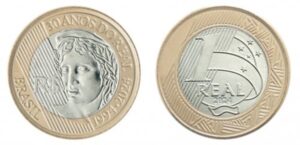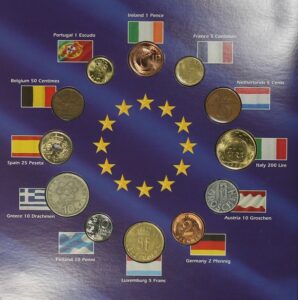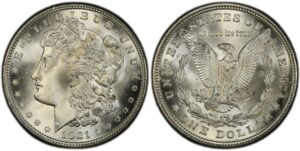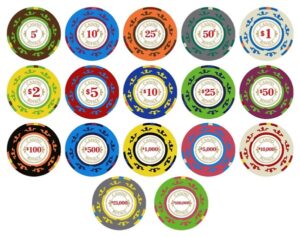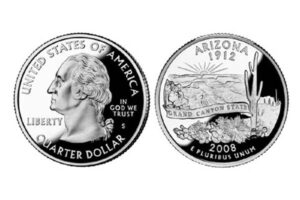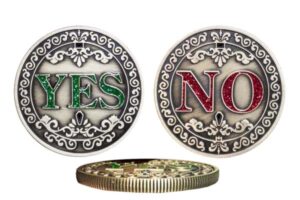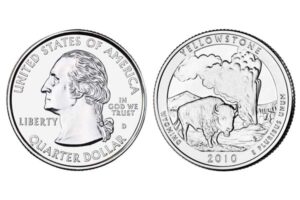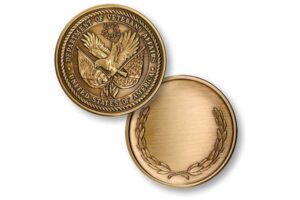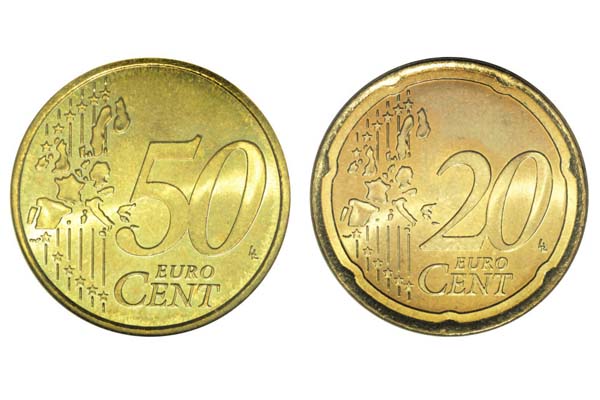
When travelers visit Amsterdam's flower markets, they often ask vendors this exact question. The confusion comes from hearing "euro" and "guilder" used interchangeably.
Holland uses the euro (€) as official currency since 2002, replacing the Dutch guilder. Banknotes range from €5 to €500, coins from 1-cent to €2. The European Central Bank manages monetary policy while De Nederlandsche Bank oversees national circulation.
A collector showed me 1980s guilders still circulating as valid currency until 2032. This reveals surprising truths about Dutch monetary transitions.
What is the Word for Former Dutch Currency?
Most antique shops near Rotterdam port still price items in both currencies. The pre-euro money carried centuries of maritime trade history.
The Dutch guilder (gulden)1 served as national currency from 1680-2002, abbreviated as NLG. Its name derives from "gulden florijn" meaning golden florin. The last series featured astronomer Christiaan Huygens and writer Multatuli.
Key Guilder Conversion Facts
| Guilder Feature | Detail |
|---|---|
| Final Exchange Rate | 1 EUR = 2.20371 NLG |
| Last Mint Year | 2001 |
| Valid Until | January 1, 2032 |
| Collector Value | 1950s Silver Coins: €15-€75 |
Four characteristics defined guilders:
- Lion rampart design on all coins
- Silver content until 1967
- Arabic numerals introduced 1818
- Last 10-guilder note had lighthouse hologram
What is the Dutch Slang for Money?
During a Haarlem street festival, I heard teenagers use "poen2" instead of "geld". These casual terms reveal cultural attitudes toward wealth.
Common Dutch money slang includes "poen" (cash), "piek" (5-guilder coin), and "knaak" (10 guilders). The term "duiten" references 18th-century copper coins still used in sayings like "geen duit waard" (worthless).
Modern vs Historical Terms
Workplace Usage
- "Centen" (cents) for small amounts
- "Smaken" (literally "tastes") for bonuses
Street Slang
- "Flappen" (bills)
- "Kale geit" (bald goat) = 25 guilders
What Were the Coins in the Iron Age?
Archaeologists at Nijmegen Castle recently found Celtic coin molds dating to 50 BCE. These artifacts show sophisticated metallurgy.
Iron Age Dutch coins included Celtic "staters" and Roman denarii. Local tribes minted crude silver "regenboogschotels" (rainbow dishes). Frisian traders used hack silver - cut fragments of foreign coins.
1st Century Coin Composition
| Coin Type | Material | Weight | Equivalent Value |
|---|---|---|---|
| Celtic Stater | Gold | 7.3g | 1 Cow |
| Roman As | Bronze | 11g | 1 Day's Labor |
| Regenboogschotel | Silver | 5.8g | 10 Chicken |
Tribes near Rhine delta developed three trading practices:
- Barter system for local goods
- Coin use for Roman imports
- Metal weight standards (no minting)
What is the Old Dutch Coin One Twentieth of a Guilder?
At Leiden University's numismatic archive, I examined 1700s coinage records. The fractional system helped manage colonial trade accounts.
The stuiver3 equaled 1/20 guilder (5 cents). Eight duiten made 1 stuiver. Later, 100 cents replaced this system in 1817. Silver stuivers featured the Dutch Republic lion holding sword and arrows.
Stuiver Timeline
- 1581: First minted as silver coin
- 1795: Converted to copper under French rule
- 1941: Last circulation as zinc wartime coin
- 2002: Officially retired with guilder
Merchants preferred stuivers for three reasons:
- Ideal for small market purchases
- Compatible with Spanish reales in colonies
- Standardized weight (1.7g silver)
Preserve Monetary History with INIMAKER
As we've explored Holland's rich currency legacy, modern collectors need reliable reproduction sources. Our Shenzhen workshop specializes in museum-grade replicas:
- Educational Sets: Includes guilders, stuivers, and Celtic staters
- Custom Compositions: 24K gold plating or authentic silver patina
- Bulk Pricing: 100+ units get 30% discount
We delivered 5,000 guilders replicas to Utrecht University's economics department. Each coin had:
✅ Exact historical weight specs
✅ Anti-tarnish coating
✅ Multilingual info cards
Conclusion
From Iron Age hack silver to euro coins, Dutch currency evolution reflects global trade history. Understanding terms like guilder and stuiver helps appreciate numismatic artifacts and modern economic choices.
-
Explore the rich history of the Dutch guilder, its significance, and its transition to the euro, which reflects the evolution of Dutch currency. ↩
-
Discover the cultural significance of the term 'poen' and other Dutch slang for money, reflecting attitudes towards wealth in the Netherlands. ↩
-
Learn about the stuiver, its role in the fractional currency system, and its historical importance in trade and commerce in the Netherlands. ↩

